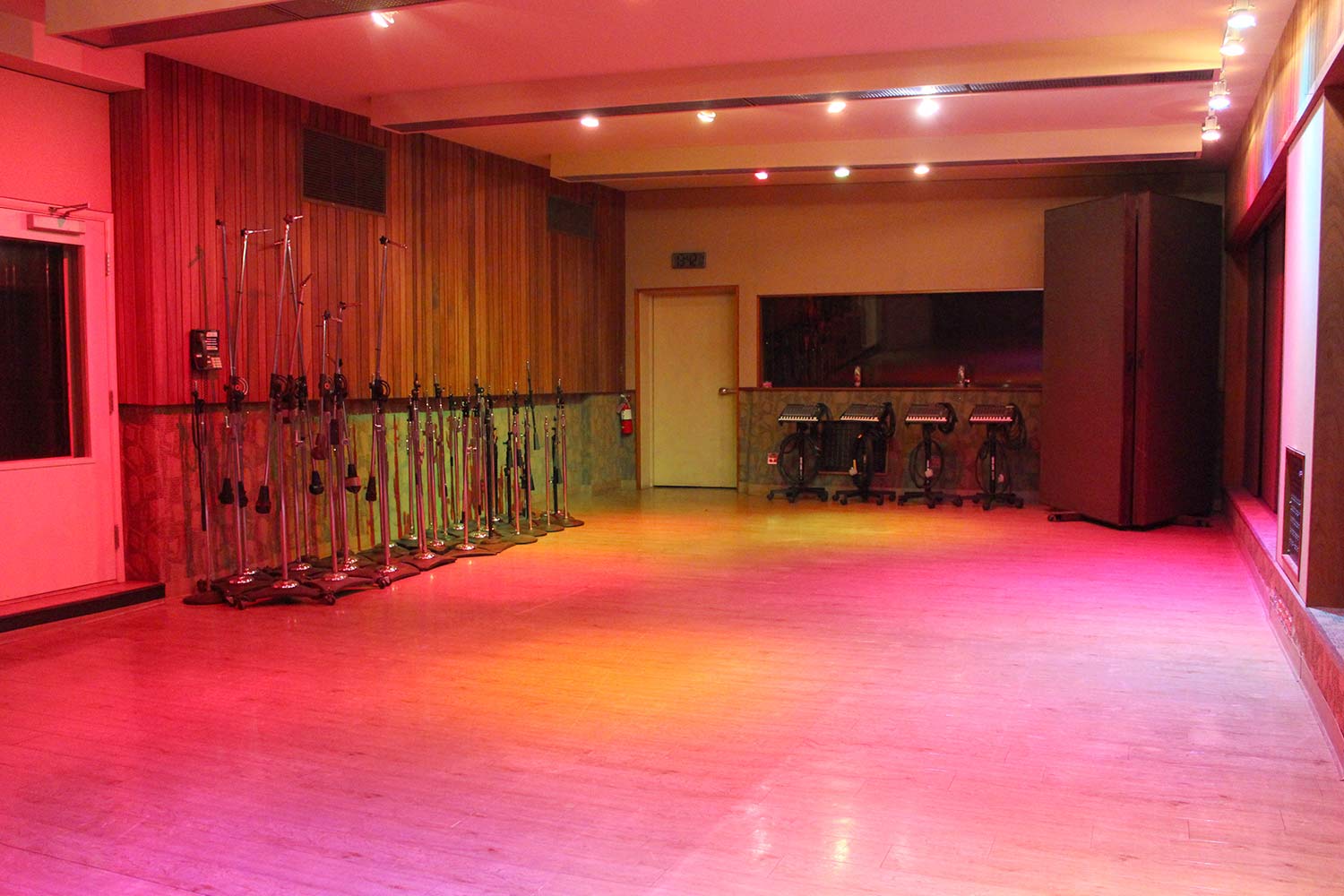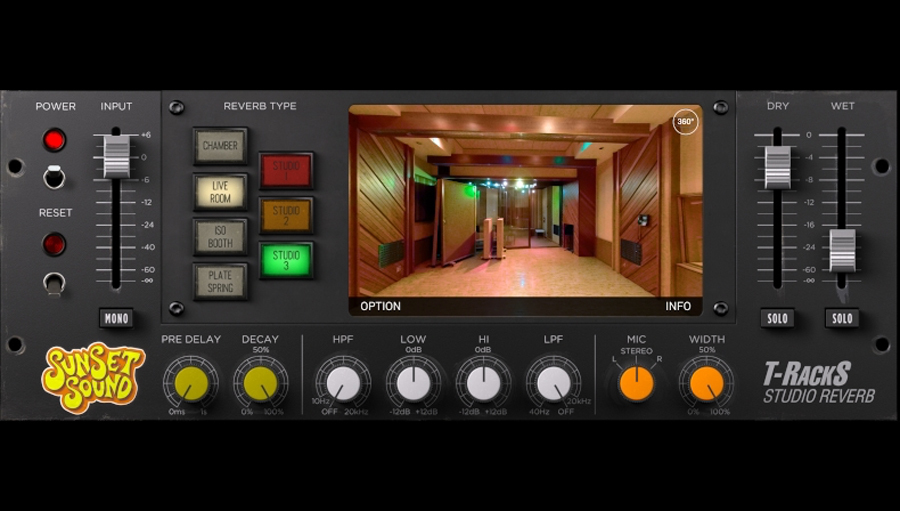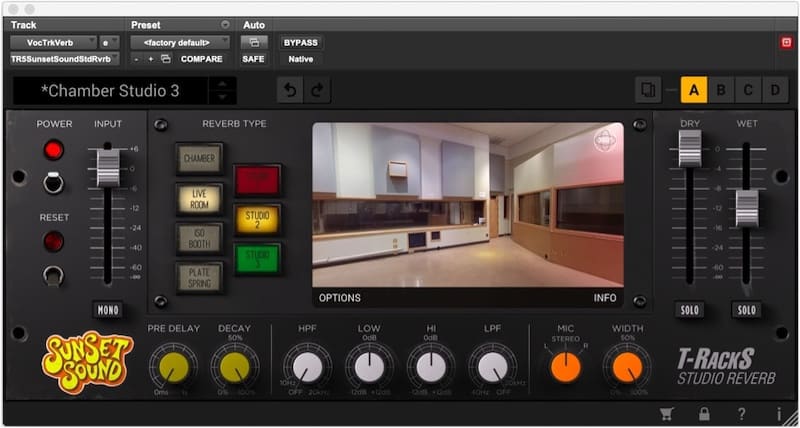
“ There was this glass window, and there were three ALTEC LANSING 604E speakers hanging above that…” Aside from the speakers, the studio featured a custom-made valve-powered analogue console with 14 inputs, and provisions for API 550A three channel equalisers for each individual channel. “The back wall was all brick, the floor was asphalt tile”, engineer Bruce Botnick remembered. This industrial environment imbued a dry, lively quality to the recordings, especially in the case of the drums on tracks like Soul Kitchen. Studio 1, the only studio at the time (more were added in the late 60s and 1970s), was adapted from the building’s former life as a car workshop with interesting features such as a sloping floor and irregular walls. L.A’s Sunset Sound Studios was initially established in an old mechanics workshop on Sunset Boulevard in 1962, and was the place where the majority of The Doors’ records were created. Initially produced from 1949-1965, the tube condenser exhibits a wide and true frequency response, which proved to be perfect for capturing Morrison’s entire personality – the moody, manic shaman – throughout the entire recording. He was also partial to using a bottleneck slide (as legend tells it, Morrison heard Krieger using a slide at an early rehearsal and instantly wanted it to feature on every song on the album).Īs for Morrison himself, being a fan of Frank Sinatra, his weapon of choice during the sessions was a Telefunken/Neumann U47.


As for Robby Krieger, the band’s guitarist, his musical contributions were formed by a 1964 Gibson SG with two P90 single-coil pickups and Vibrola tremolo system running in to a Fender Twin Reverb.

A defining element of Densmore’s drumming was his use of brushes and techniques which were borrowed from Brazilian bossa nova, which you can hear displayed beautifully on the album opener.


 0 kommentar(er)
0 kommentar(er)
